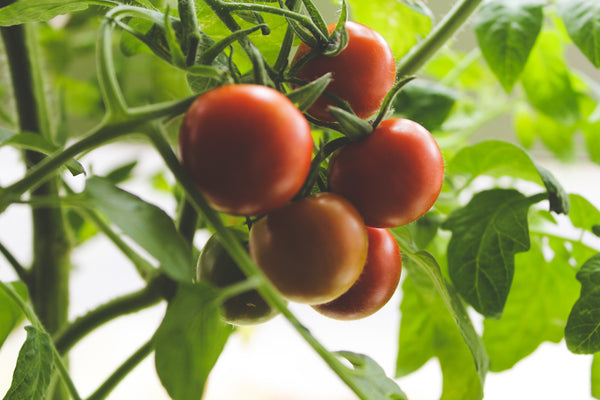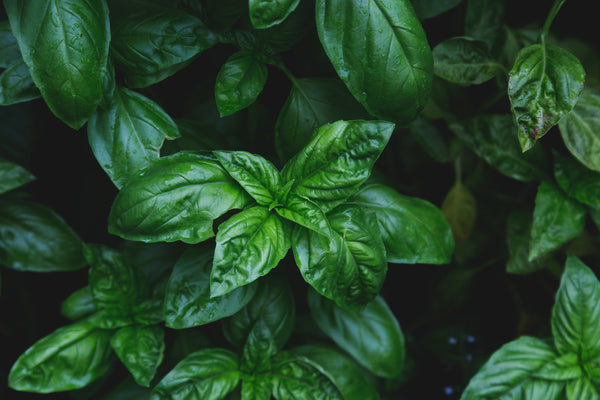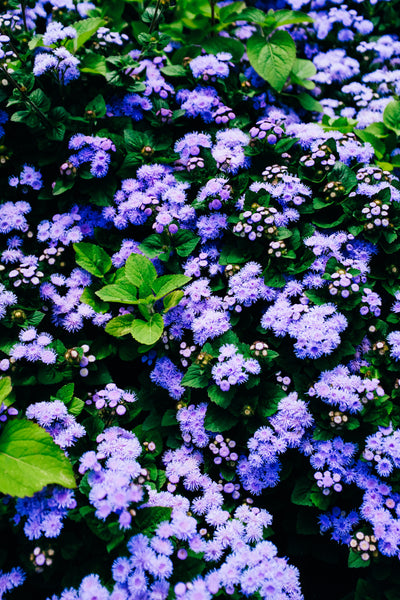Celery is a refreshing treat from the garden. Children love the stalks with some natural peanut butter. Celery is also great when juiced. Celeriac is a variety of celery that is grown for its root, which can be used in a variety of culinary dishes. You can steam, bake, boil, puree or stir-fry this delicious root — the possibilities are endless! You may also opt to store the root in a cool and dry area of your home. On the Coast, consider growing for picking in the fall and early winter. Follow this handy How to Grow Celery and Celeriac from seeds Guide and grow food.!
Latin
Apium graveolens
Family: Apiaceae
Difficulty
Moderately difficult
We Recommend: Tall Utah 52-70 (CL343). This classic open pollinated celery seed will probably produce as close to “grocery store quality” as you can achieve in the home garden. The stems are crunchy with a high water content and very refined flavour.
Season & Zone
Season: Cool season
Exposure: Full-sun
Zone: 2-10
Timing
Start indoors early March to the end of May. Optimal soil temperature: 15-24°C (60-75°F). Seeds take up to 20-30 days for germination.
Starting
Sow seeds no more than 5mm (¼”) deep, 3 seeds per pot, and thin to the strongest plant.
Growing
Ideal pH: 6.0-6.5. Celery is a heavy feeder and needs rich, moist soil. Add compost to soil and apply ¼-½ cup of complete organic fertilizer per 1.5m (5′) of row. Transplant when seedlings are 10-12cm (4-5″) tall, in mid-May to July. Space transplants 30cm (12″) apart in rows at least 45cm (18″) apart. Water frequently. Premature bolting may result from young plants being exposed to temperatures below 13°C (55°F) for several days.
Harvest
For best flavour and longer storage, water plants the day before harvest. Stalks on the outside of the plant can be harvested at any time. The entire plant may be harvested once the desired size is reached, but the home gardener should leave the plant in the garden and take only what is needed, leaving the root intact. If winter is not too cold, celery will stand in the garden until spring, allowing for light pickings for soups and salads.
Seed Info
In optimal conditions at least 55% of seeds should germinate. Usual seed life: 3 years.
Diseases & Pests
Use floating row covers early in the season, and put up collars if cutworms are present.
Pests: Aphids, Whiteflies, Cutworms, Tarnished plant bug, and Cabbage loopers.
Diseases: Celery mosaic, Leaf blight, Black heart (calcium deficiency: add lime).
Companion Planting
Celery is a good partner for beans, the Brassicas, cucumber, garlic, leek, lettuce, onion, and tomatoes.



